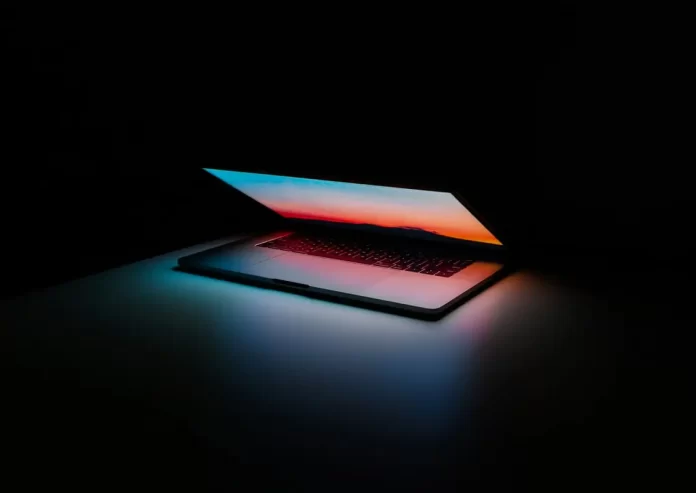One of the biggest advantages of mobile devices is that you can take them with you anywhere and they do not require a constant connection to power. Usually, these devices are equipped with rechargeable batteries.
Depending on the type of device you have, the battery can last from a few hours to a few days. For example, the charge of a laptop is enough to work autonomously for a few hours, while a smartwatch can work for days without recharging.
Of course, modern technology presents users with many opportunities to extend their life on a single charge of their devices. This includes modern high-capacity batteries and all sorts of technologies that optimize performance and allow the device to charge faster or run longer on a single charge.
Apple and their MacBooks are showing good results in this regard. However even their devices require proper care.
How to extend the life of your MacBook battery
It doesn’t matter which notebook you have, MacBook Pro or MacBook Air, leaving it plugged in all the time is not a good idea. Because when its charge is at maximum, the battery will wear out after it is fully charged. The same applies to overnight charging. Once your device is fully charged, it is best to unplug it.
Because of this, over time, the maximum capacity of your battery decreases and you lose many minutes or even hours of atonement from your battery. This is a feature of lithium-ion batteries in laptops. They degrade over time, there’s no way to avoid it.
However, there are a few simple rules that you can follow to maximize the life of your battery in your MacBook or any other tech with this type of battery.
To do this, you need to:
- Regularly unplug the device and use it until the charge is down to 30-40 percent. This should be done daily.
- Don’t completely discharge the battery. Your MacBook’s charge should not drop to zero. You don’t need cycles and a full discharge to extend battery life. It’s more likely to harm your device.
- On modern MacBooks, you can turn on Battery Health Management in the Battery tab of the Energy Saver preferences panel by clicking Battery Health. It will help optimize the performance of your battery. On many laptops, it will be enabled by default.
How Lithium-ion batteries work
Lithium-ion batteries are much better than nickel-based batteries used in the past. Even their most recent models required a periodic full discharge to keep them working properly. Lithium-ion batteries, on the other hand, do an excellent job of being partially charged or partially discharged. They degrade far less and lose far less of their efficiency over time.
The way they store energy will be most effective when the battery is at 80 percent capacity. Above this point, batteries can overheat and cause damage, bloating, or even fires. That’s why all quality devices have a charging system that slows the charging process from 80 to 100 percent.
That’s why you may see that your devices may charge very quickly at first, but over time the percentage of charge increases more and more slowly. The point here is that 100 percent on most devices is not the actual 100 percent charge, but the amount of charge at which the device considers it safe to use the battery. This is usually determined by your device’s operating system settings.
If lithium-ion batteries reach 100 percent charge they will age much faster and lose their effectiveness. This is due to the heat that is generated when charging the device. Exposing the battery to high temperatures and staying fully charged for long periods of time can be more stressful than cycling.
How Apple is dealing with this problem
Apple, for its part, has recognized this problem and has built into its devices special functions. For example, in the iPhone, there is a function that helps reduce the performance of certain tasks, when the battery can not give enough power without turning off the iPhone.
The battery crisis for Apple also forced the company to add more information about the capacity and charge of the battery, as well as develop algorithms that make charging more intelligent.
Now Apple doesn’t guarantee a charge for your devices to 100 percent battery capacity, but they do monitor charging modes and adapt charging only as needed to give you the maximum charge you need at any given time.
This all adds up to longer battery life and allows you to charge your devices less often.
For laptops, Apple has added a special charging algorithm that is designed to reduce the capacity of the battery as it ages. In the Battery tab of the Energy Saver preferences panel, click Battery Health to enable it. The battery health control should be checked.






